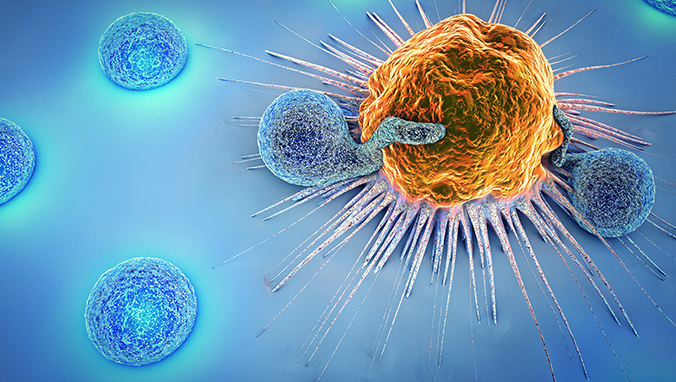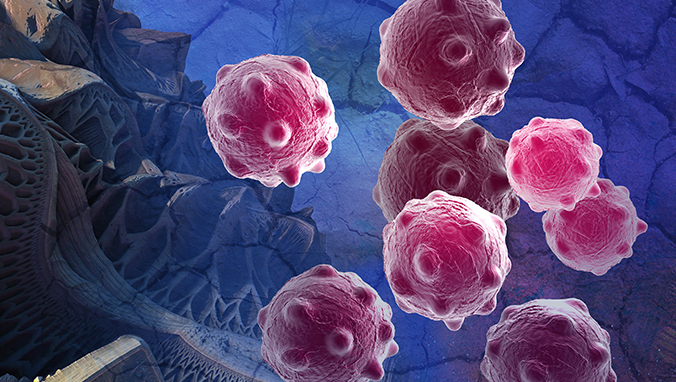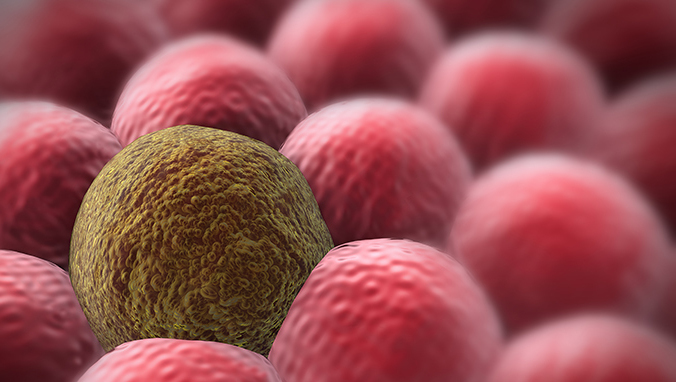Can intraepithelial neoplasia be cured?
Intraepithelial neoplasia grade 2 can be cured, but postoperative rest is necessary.

Intraepithelial neoplasia grade 2 is actually relative It is still relatively mild. Cervical intraepithelial neoplasias (CIN) are a group of precancerous lesions that are closely related to invasive cervical cancer. Including cervical dysplasia and cervical carcinoma in situ, it reflects the continuous development of cervical cancer, that is, a series of pathological changes from cervical dysplasia (mild, moderate, and severe) carcinoma in situ, early invasive cancer, and invasive cancer . If you find early treatment early in the second stage, the general problem is not big, and you need to pay attention to rest and health.
Despite this, cervical intraepithelial neoplasia grade 2 is still a certain risk. If it is further aggravated, there is a risk of deterioration. Now we need to consider the problem of rehabilitation of the disease rather than the problem of the same room. It will not be too ideal. The worsening is the diseased cancer. Don’t regret it if it’s too late. Try to pay attention to it during the recovery phase, not the same room.
In addition to conventional surgical treatment, it also includes cryosurgery: there are many reports of cryotherapy CIN, and the cure rate of CIN I and II can reach 90%~97% The therapeutic effect of CIN Ⅲ grade is poor 80%~90%, but there are also reports up to 96% (Levine, 1985). Coppleson et al. (1992) counted the treatment results of 15 authors, and the total cure rate was 83.5% the cure rates of CIN II and III were 91% and 77.8% respectively, indicating the cure rate with the increase of CIN level Significantly decreased.
All in all, find early, seek medical treatment in time, pay attention to rest after surgery, minimize all risks, and prevent its deterioration.
Related Articles

- Can borderline tumors be cured?
- Borderline ovarian tumor (BoT) is a low-grade potentially malignant ovarian tumor, accounting for 10% to 15% of ovarian epithelial tumors. BOT occurs predominantly in women of childbearing
- 2020-07-24

- What is cervical cancer
- What is cervical cancer? Cervical cancer, also known as cervical cancer, refers to a malignant tumor that occurs at the junction of the squamous epithelial cells of the cervical vagina or t
- 2020-07-24

- How long can uterine cancer survive
- How long can uterine cancer survive after uterine cancer resection? Uterine cancer is very harmful to women’s health. It is one of the most common malignant tumors in gynecology. It is more
- 2020-07-24

- The best chemotherapy for cervical cancer
- What is the best chemotherapy for cervical cancer? Gynecological tumors are a major disease that threatens the health of women, and everyone needs to do a good job in daily life. Cervical c
- 2020-07-24

- Intraepithelial neoplasia grade 2 to cancer takes several years
- Intraepithelial neoplasia grade 2 is a moderate lesion. It usually takes 5 to 8 years to develop into a cancer, and surgery needs to be performed in time.
- 2020-07-24

- Early symptoms of endometrial cancer
- Endometrial cancer is a relatively common tumor in gynecology. The cure rate of surgery and radiotherapy and chemotherapy can reach 70% but the characteristics of malignant tumor
- 2020-07-24
